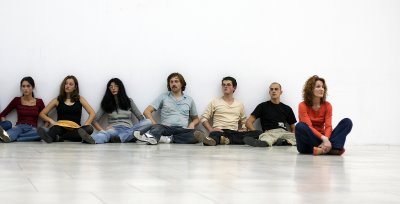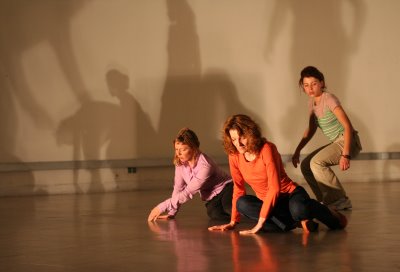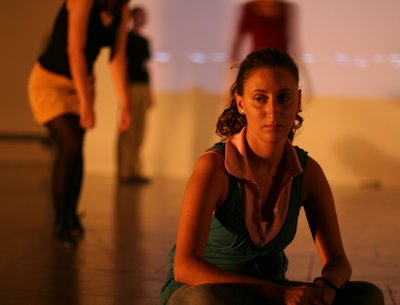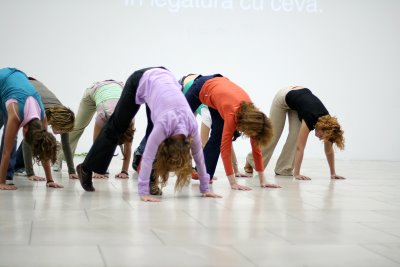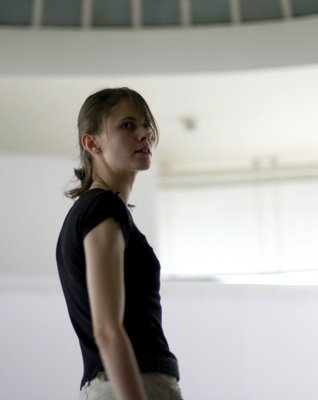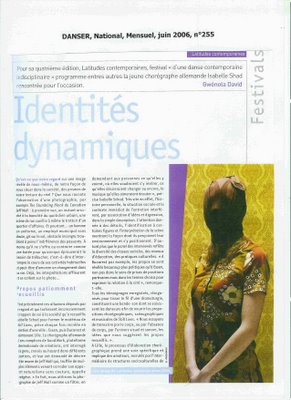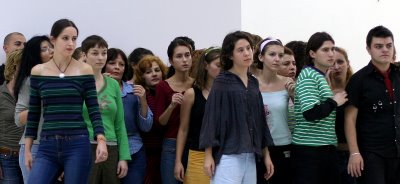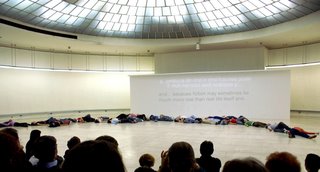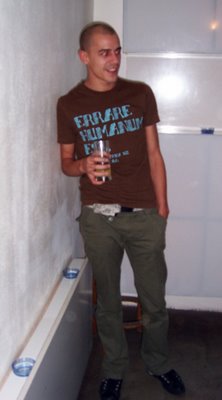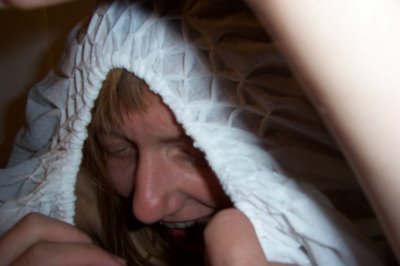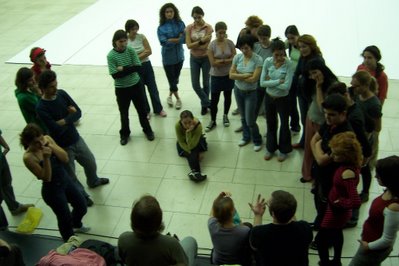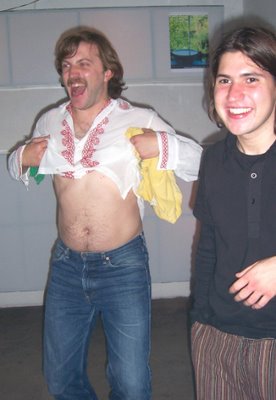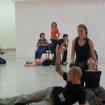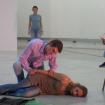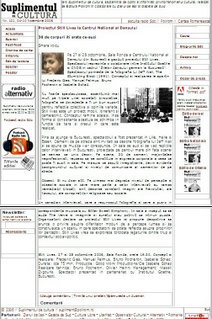 Project Still Lives at National Dance Centre Bucharest
Project Still Lives at National Dance Centre Bucharest30 bodies show what you hear
On 27th and 28th October, the Ronda Hall of the National Centre for Dance in Bucharest hosted the project Still Lives. The performance is collaboration between Goethe Institute and CNDB, within "German Dance Festival Bucharest". The performance starts off with the Jeff Wall photo, The Stumbling Block (1991). Concept and realisation of Frederic Gies, Manuel Pelmus, Bruno Pocheron and Isabelle Schad.
Not so much spectacular as rather pointing out faults of a bureaucratic society, the photo turns out to be an excellent framework for collective contemplation and various opinions. The concept stays the same, while its outline and structure change depending on the country and city where it is formulated.
Before reaching Bucharest, the performance was staged in Lille, Halle and Essen. People on the street are invited to describe Jeff Wall’s photo and say what piece of music would go with it. In the hall, words of people interviewed in Bucharest can be heard and seen, as they are projected on the large screen in front of the stage, serving as single background. On the stage, 30 people, most of which unprofessional, manage to compose themselves into the bodily expression of the words heard. As the recordings are played, the cultural background and the communication level of people on the street become obvious.
Obsessions. And not only. What astonishes is rather the perception level of the interviewed and the social obsessions with which most of them are stuck; images of the Revolution, of chaos and religious or social conspiracies are mentioned recurrently.
A Canadian among the interviewed recognised the photo and related it to the Bitter Sweet Symphony song. The hall echoed with The Verves and images and sound matched into a puzzle. The organisers stated that Still Lives project aims to both an insight into the various approaches to the world and to build an area where the public may contemplate its own perceptions. Still Lives explores at the same time the connections between the body and the social-political context.
Still Lives. 27th and 28th October 2006, Ronda Hall, 19.30 hours. Concept and realisation: Frederic Gies, Manuel Pelmus, Bruno Pocheron, Isabelle Schad. Duration: about 75 min. Production: Good Work Productions/Cie Isabelle Schad. Technical realisation: Bruno Pocheron, Olivier Heinry Management: Wassili Zygouris. Performance staged in partnership with Goethe Institute, Bucharest.
http://www.supliment.polirom.ro/article.aspx?article=626
(daily dose of stilllives)
